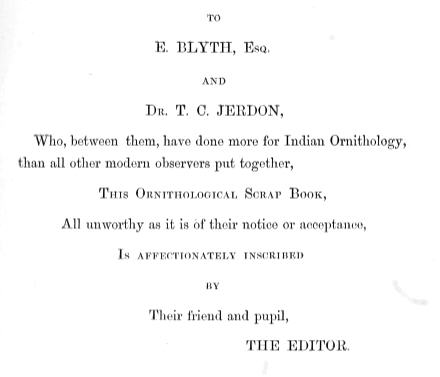|
Rufous-fronted Bushtit
The rufous-fronted bushtit or rufous-fronted tit (''Aegithalos iouschistos'') is a small passerine bird of the eastern and central Himalayas belonging to the long-tailed tit family, Aegithalidae. Taxonomy and systematics The rufous-fronted bushtit forms a superspecies with the black-browed bushtit and white-throated bushtit. They have sometimes been regarded as a single species but are now usually treated as distinct. The ranges of the rufous-fronted and black-browed bushtits overlap slightly in China with no evidence of hybridization. Description The rufous-fronted bushtit is 11 cm long. The adult has grey upperparts and reddish-brown underparts. The head is reddish-buff with a black mask and a silver bib with black streaks and a black edge. Juveniles are paler and duller than the adults. The black-browed bushtit is similar but has a white forehead and belly and a white edge to its bib. The white-throated bushtit has a white forehead and bib and a dark breastband. Distrib ... [...More Info...] [...Related Items...] OR: [Wikipedia] [Google] [Baidu] |
Edward Blyth
Edward Blyth (23 December 1810 – 27 December 1873) was an English zoologist who worked for most of his life in India as a curator of zoology at the Asiatic Society, Royal Asiatic Society of Bengal in Calcutta. He set about updating the museum's catalogues, publishing a ''Catalogue of the Birds of the Asiatic Society'' in 1849. He was prevented from doing much fieldwork himself, but received and described bird specimens from Allan Octavian Hume, A.O. Hume, Samuel Tickell, Robert Swinhoe among others. His ''Natural History of the Cranes'' was published posthumously in 1881. Early life and work On 23 December 1810, Blyth was born in London. His father, a cloth merchant, clothier, died in 1820 and his mother sent him to Dr. Fennell's school in Wimbledon, London, Wimbledon. He took an interest in reading, but was often to be found spending time in the woods nearby. Leaving school in 1825, he went to study chemistry, at the suggestion of Dr. Fennell, in London under Dr. Keating at S ... [...More Info...] [...Related Items...] OR: [Wikipedia] [Google] [Baidu] |
Passerine
A passerine () is any bird of the order Passeriformes (; from Latin 'sparrow' and '-shaped') which includes more than half of all bird species. Sometimes known as perching birds, passerines generally have an anisodactyl arrangement of their toes (three pointing forward and one back), which facilitates perching. With more than 140 families and some 6,500 identified species, Passeriformes is the largest order of birds and one of the most diverse clades of terrestrial vertebrates, representing 60% of birds.Ericson, P.G.P. et al. (2003Evolution, biogeography, and patterns of diversification in passerine birds ''J. Avian Biol'', 34:3–15.Selvatti, A.P. et al. (2015"A Paleogene origin for crown passerines and the diversification of the Oscines in the New World" ''Molecular Phylogenetics and Evolution'', 88:1–15. Passerines are divided into three suborders: New Zealand wrens; Suboscines, primarily found in North and South America; and songbirds. Passerines originated in the ... [...More Info...] [...Related Items...] OR: [Wikipedia] [Google] [Baidu] |

